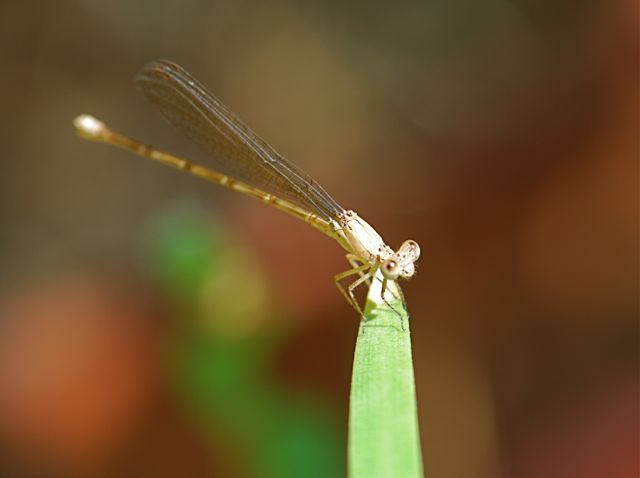Have you ever encountered a sharpshooter?
 I’m talking about the group of plant-feeding leafhoppers that have oddly-shaped heads.
I’m talking about the group of plant-feeding leafhoppers that have oddly-shaped heads.
 You can tell it is a sharpshooter by the prominent eyes and enlarged, swollen area of the head capsule known as the clypeus. It is yellow with faint stripes in this insect.
You can tell it is a sharpshooter by the prominent eyes and enlarged, swollen area of the head capsule known as the clypeus. It is yellow with faint stripes in this insect.
 That swollen area is full of muscles that help the sharpshooter pump fluids from the plant. You could compare it to the bulb of a turkey baster.
That swollen area is full of muscles that help the sharpshooter pump fluids from the plant. You could compare it to the bulb of a turkey baster.
The sharpshooter uses its big eyes, too. When something approaches a sharpshooter, it quickly scoots to the other side of the twig or branch. If the potential predator comes even closer, it will leap away with its jumping hind legs.
This is probably a male smoke tree sharpshooter (Homalodisca lacerta) because it lacks the white, waxy patches on the sides of its wings that are found on females (image at BugGuide).
Life cycle:
 Female sharpshooters lay their eggs in rows, generally on the undersides of leaves.
Female sharpshooters lay their eggs in rows, generally on the undersides of leaves.
 The eggs hatch into youngsters called nymphs. They don’t have the bright coloration of the adults, although they do still have a protruding head and noticeable eyes. The nymphs undergo several molts and then become adults.
The eggs hatch into youngsters called nymphs. They don’t have the bright coloration of the adults, although they do still have a protruding head and noticeable eyes. The nymphs undergo several molts and then become adults.
 You can often see adults and nymphs feeding together on the same stem.
You can often see adults and nymphs feeding together on the same stem.
Unlike some insects, smoke tree sharpshooters are polyphagus, which means they will feed on a number of different plants. The sharpshooter in the top photos is feeding on hollyhock. The single nymph is on Texas yellow bells.
Do sharpshooters occur where you live? Have you ever seen one? What do they feed on where you live?
 Take the pond damselfly in this photograph. These delicate, light-brown damselflies arrive each year in our yard in August and September.
Take the pond damselfly in this photograph. These delicate, light-brown damselflies arrive each year in our yard in August and September. We found them in August 2012 and
We found them in August 2012 and









